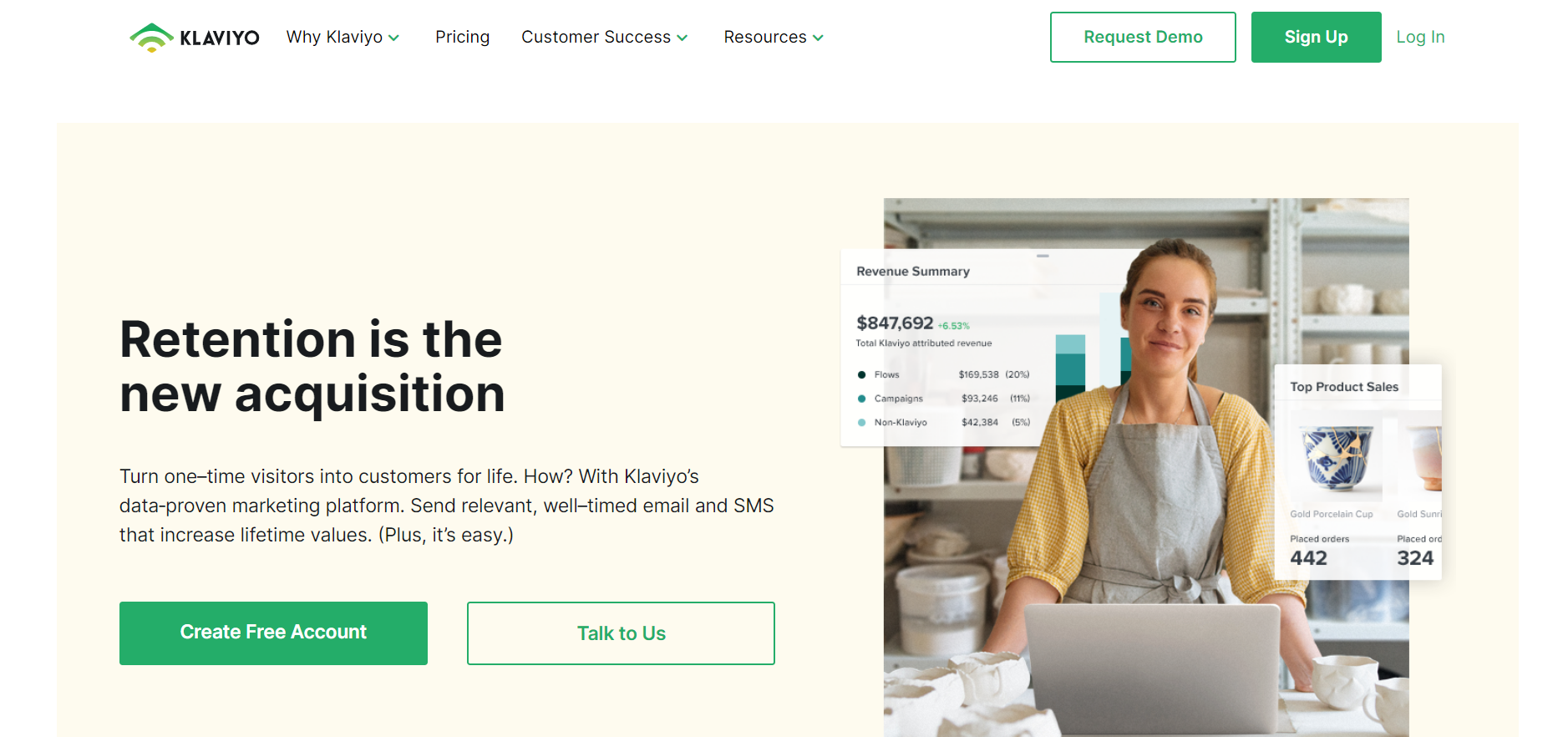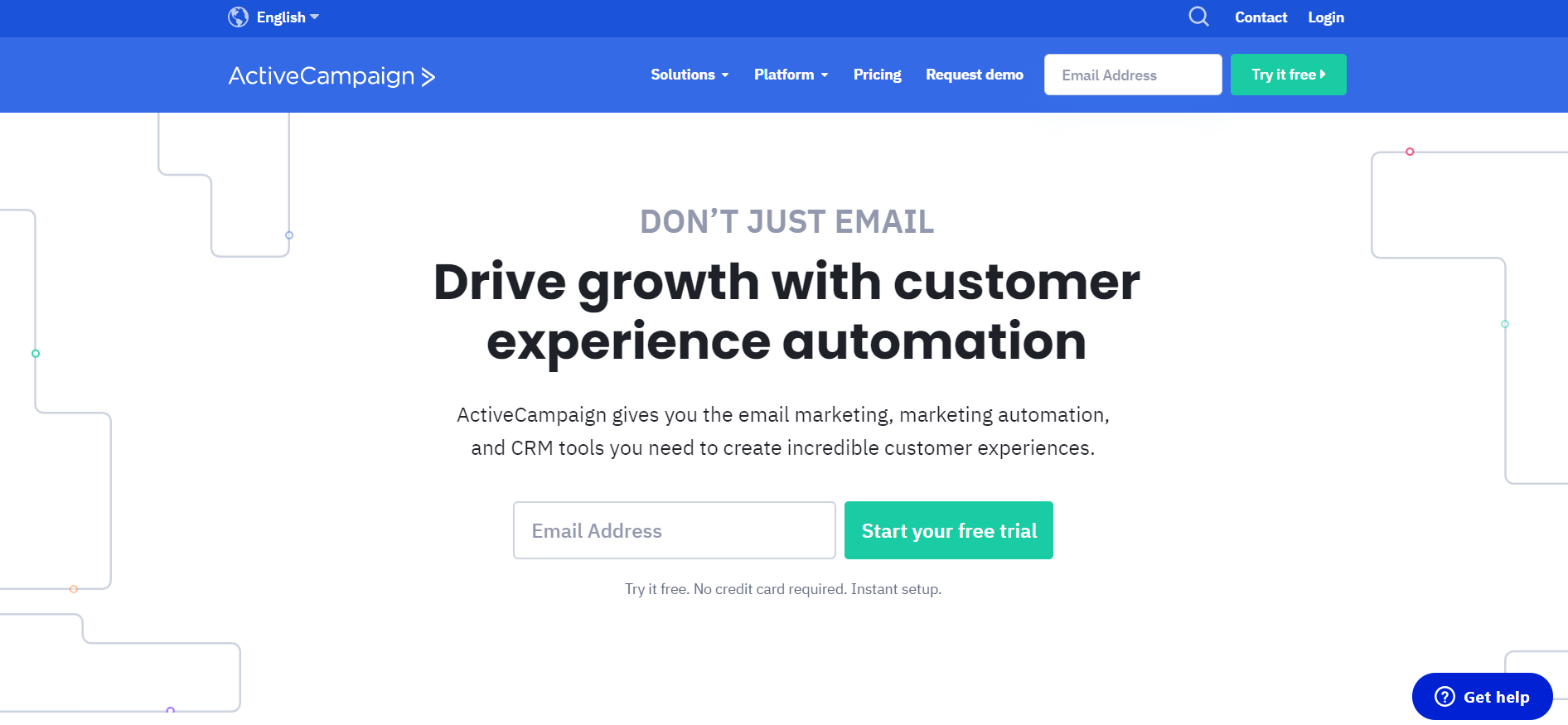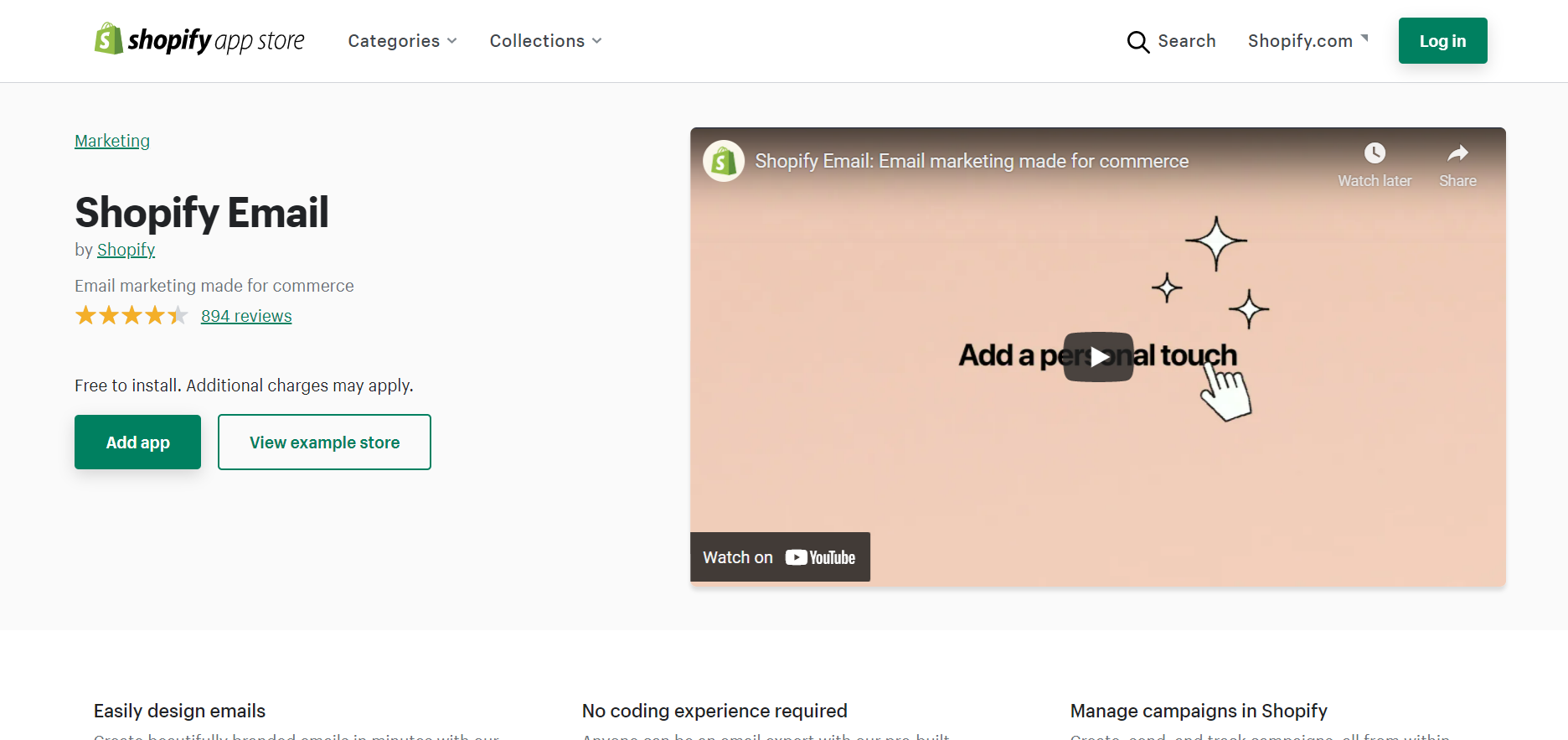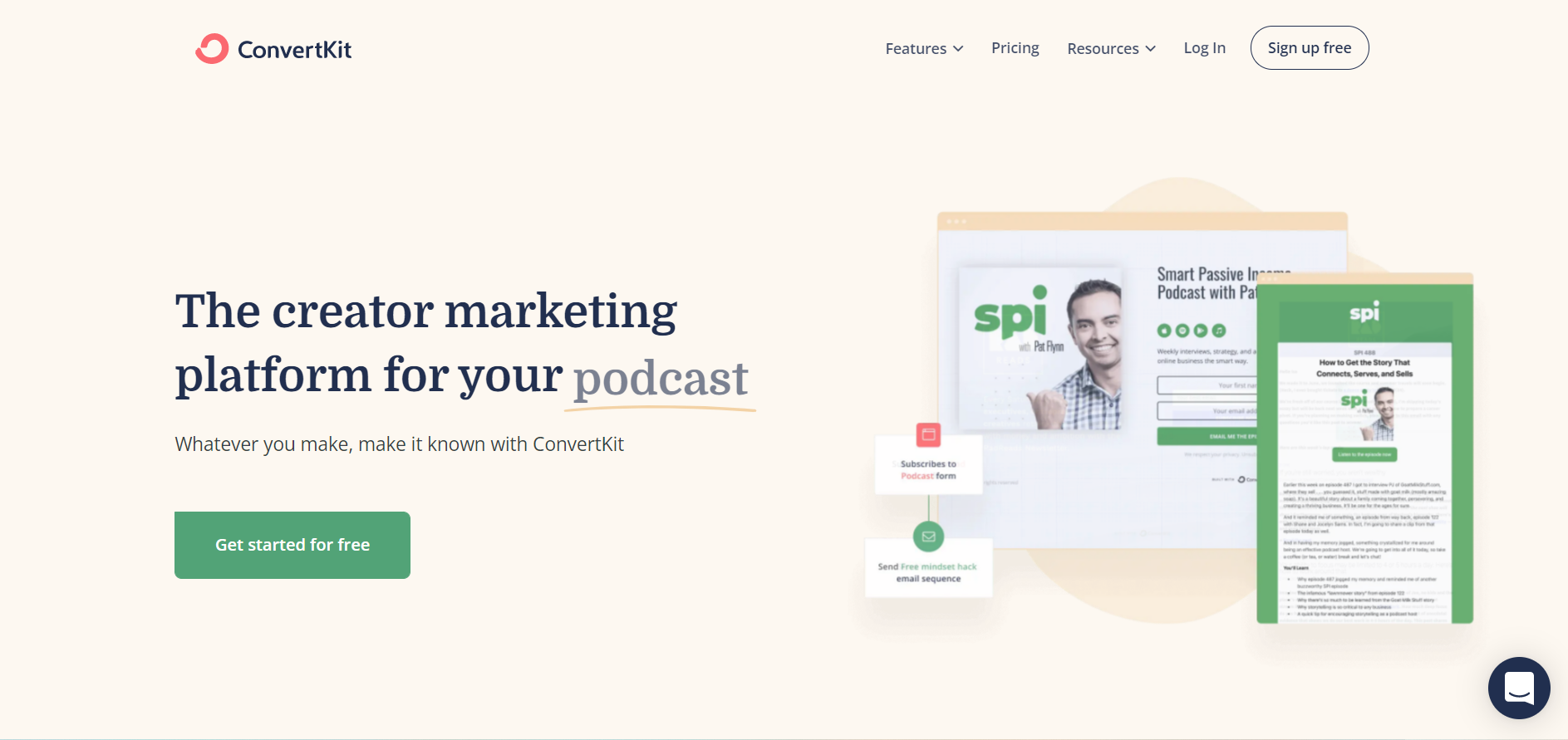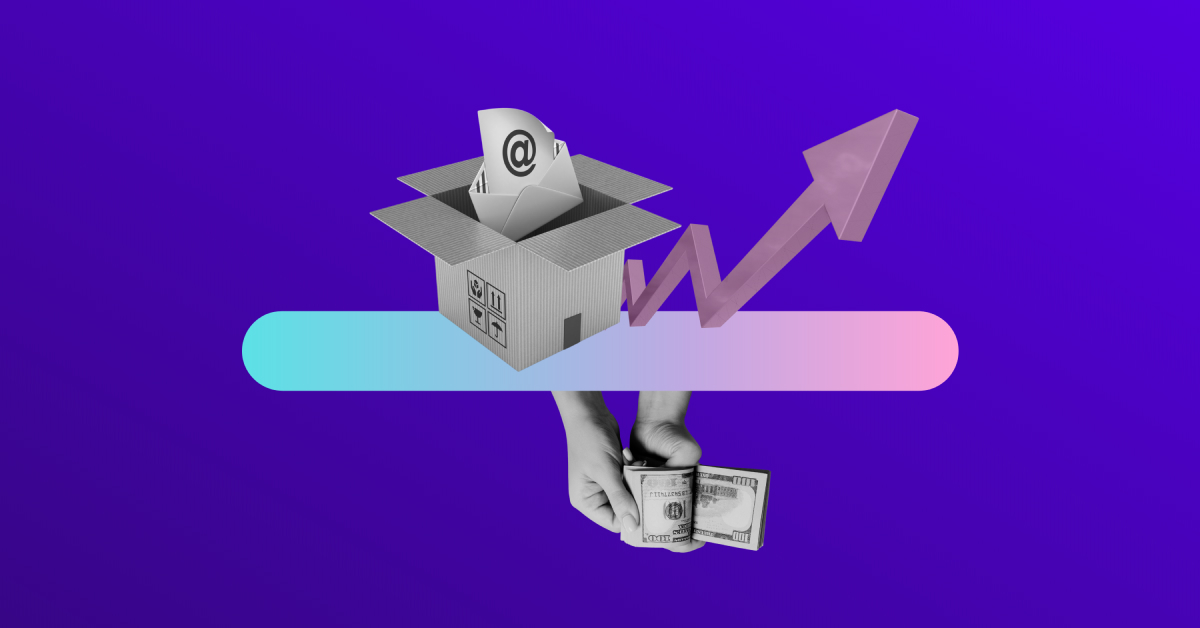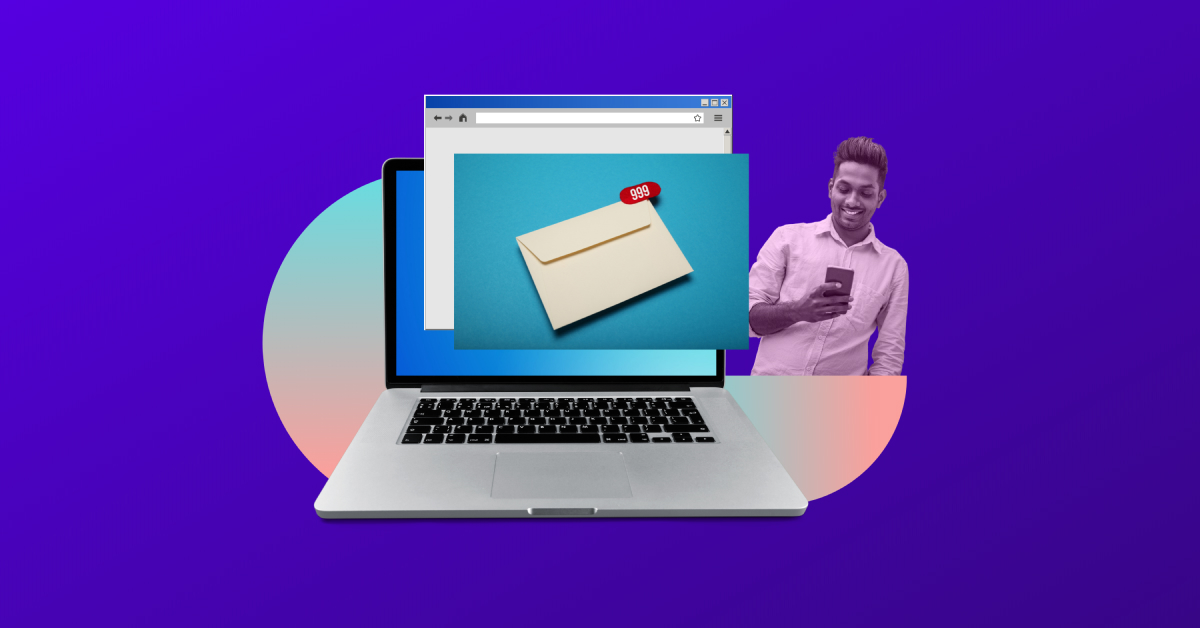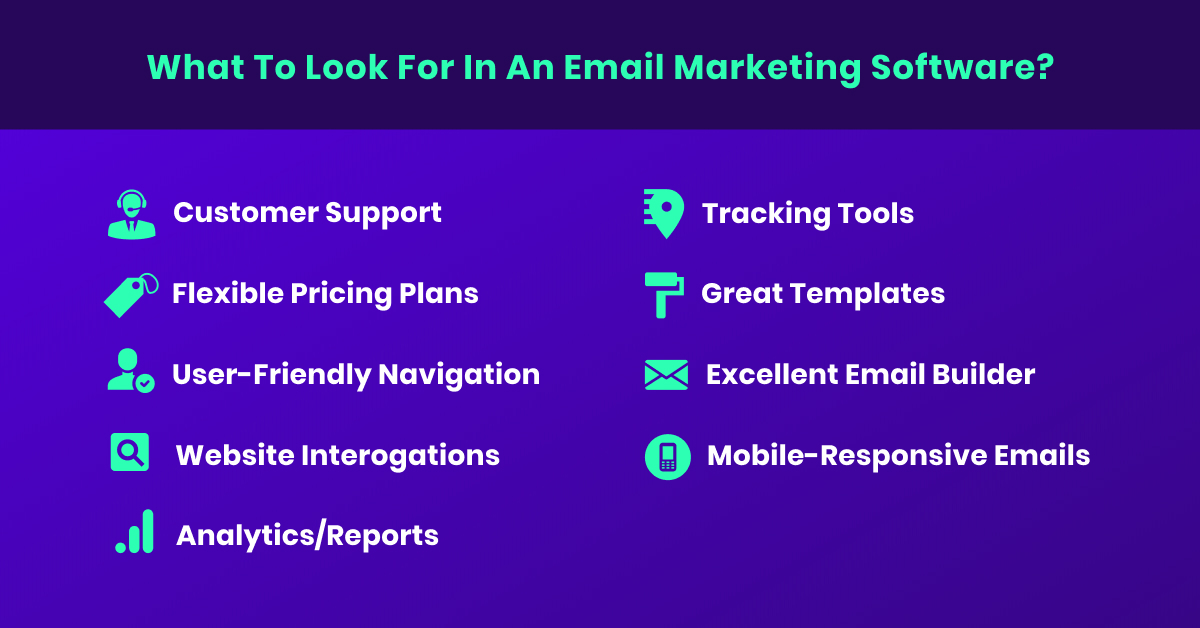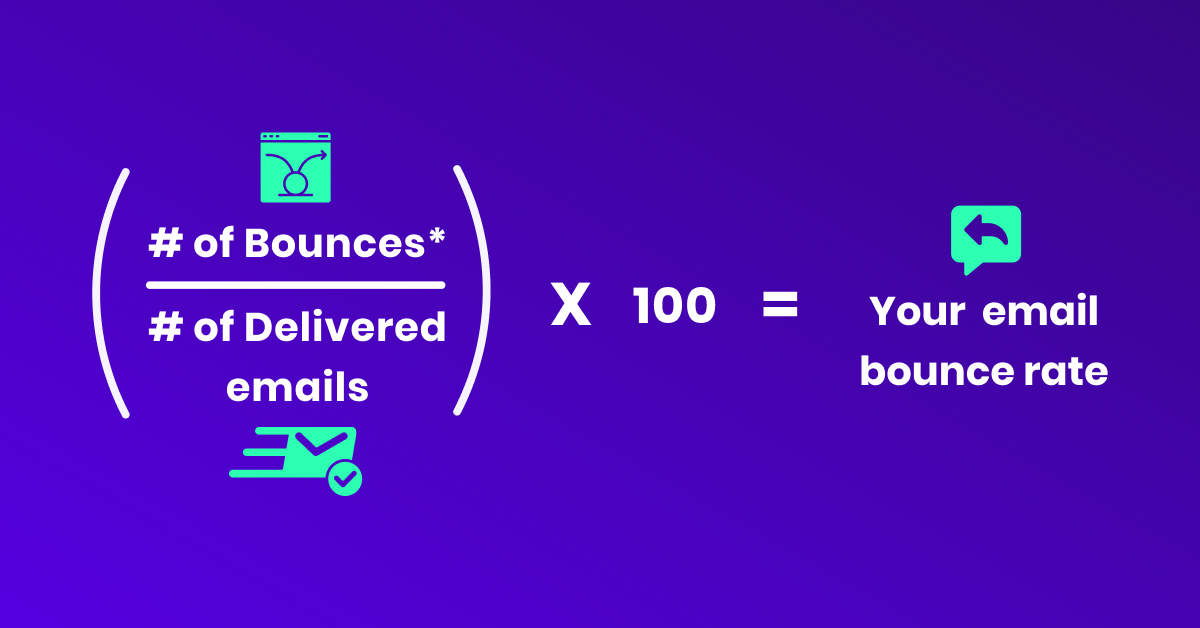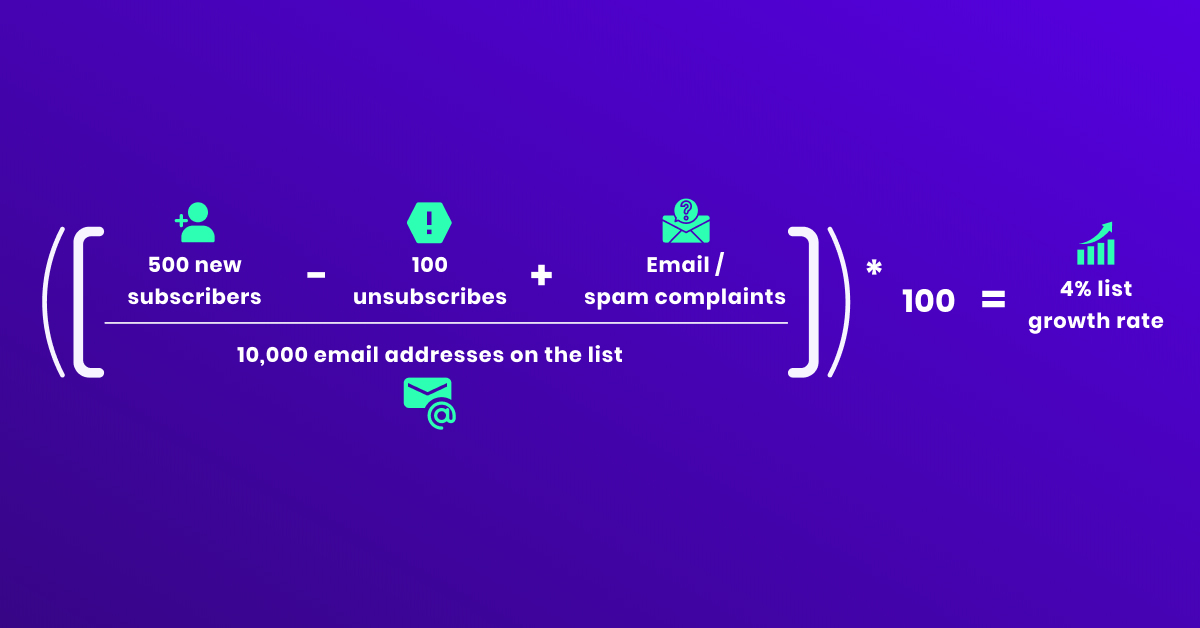To make an excellent ecommerce email marketing strategy... it's essential to write effective email content to encourage your subscribers to take your desired action.
And these tips will help you craft that email...
1. Find The Right Timing
The timing of your email is critical. You need to find the right time to send your emails to make sure your subscribers will notice them.
So, when is the best time to send emails?
This is where knowing your audience and analyzing your insights come into play. Because if you know your audience, you can determine their routines according to your buyer persona.
But according to the analysis of Moosend, Thursday has the highest open rate on weekdays followed by Tuesday.
And as for the time, 8-9 AM works well. But after 6 PM, the open rates started to decline.
See? The timing of your email is crucial in having high open rates. Make sure to conduct research and define your audience to know more.
Another tip is...
2. Use A Great Subject Line
If you want to have a high open-rate, make sure you have a great subject line. Why? Because that's one of the first things your subscribers will see upon receiving your email.
So, how can you write an effective subject line?
- Don't be misleading. If the content of your email doesn't match the subject line, it might be off-putting to your subscribers. Make sure they wouldn't want to unsubscribe to your email list!
- Capture their attention. To have a high open-rate, you need to capture the attention of your subscribers so they will notice your email. Use enticing words to pull this off.
- Avoid spammy words. You can use words to excite your subscribers, but avoid words that might flag your emails as spam. Moreover, try to avoid spamming attacks as well by following DMARC policy and taking other email security emails.
Using an attractive subject line for your email is essential to win that click.
So, once you figure the best subject line for your email, you need to...
3. Write A Compelling Email Body
When your subscribers open your email, you'd want them to be engaged. Right?
Because if they enjoy reading your email, they're going to finish it until the end. And who knows? They might take action.
But how can you make them act? These are some of the things you need to do.
- Use the right words. When writing your email, use the right words to convey the message you want to your subscribers. Hence you need to speak their language and set your tone of voice.
- Make an enticing offer. An enticing offer is also helpful in keeping your subscribers invested in reading your emails. Your offer should spark excitement.
- Optimize your links and buttons. If you're successful in making your readers want to take action, there should be available links and buttons to guide them.
Creating your email marketing strategies should include writing a great email body, so make sure to keep these tips in mind.
Another tip you can put to use is...
4. Personalize
Did you know that marketers see a 20% increase in revenue if they personalize their email marketing campaigns?
So, if you want to get the same results... personalization is one way to achieve this.
But how can you personalize your emails?
If you remember our previous steps, I mentioned you need to find the best email marketing software for your ecommerce store. Not only that, but you also need to take advantage of the segmentation.
These two will help you personalize the emails you're sending your subscribers.
Remember, personalizing is not just addressing them using their first names! You also need to personalize your product recommendations based on their persona and purchase history.
And last but not least...
5. Test, test, test!
Before you send your email, make sure to test it first.
This will help you see how your emails would look like in the inbox of your subscribers. Make sure you're going to send them to correct recipients, or you're sending the right campaign.
I mean, who wants to receive the wrong emails with the wrong links, right?
Testing before email blasting helps you ensure you've dotted the i's and crossed the t's.
Now you already know the 5 steps of ecommerce email marketing. This is the perfect time to...




